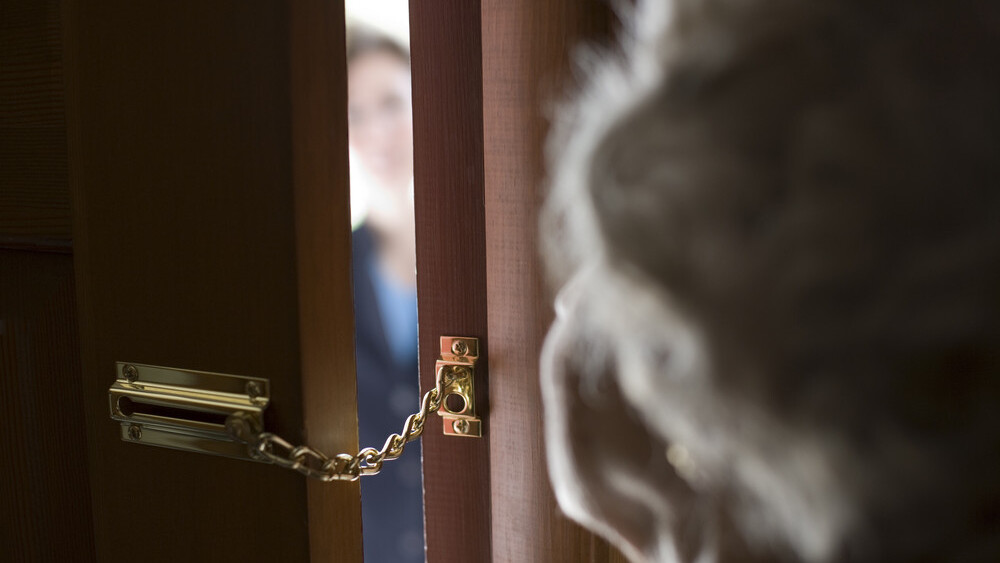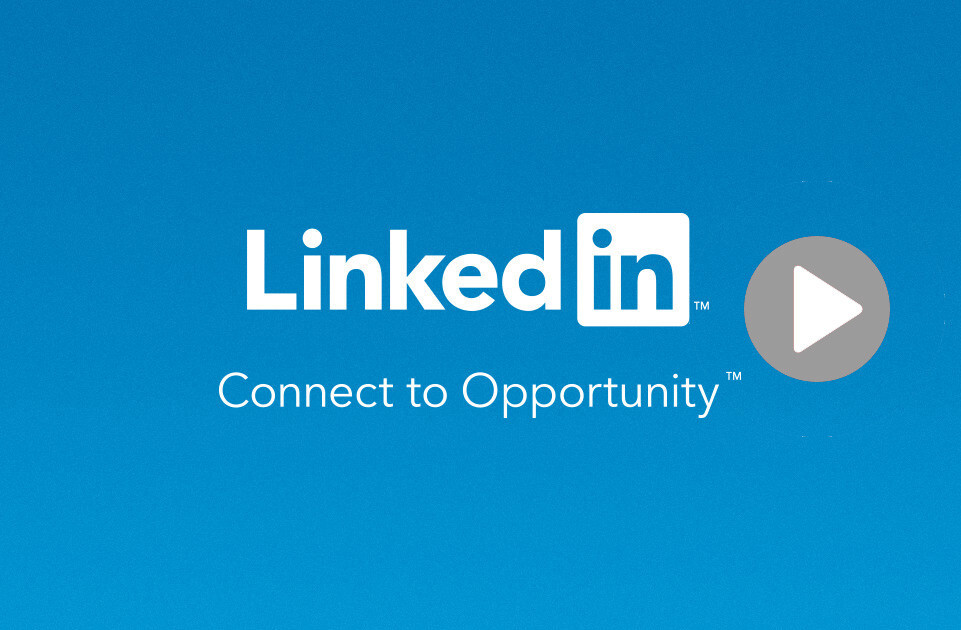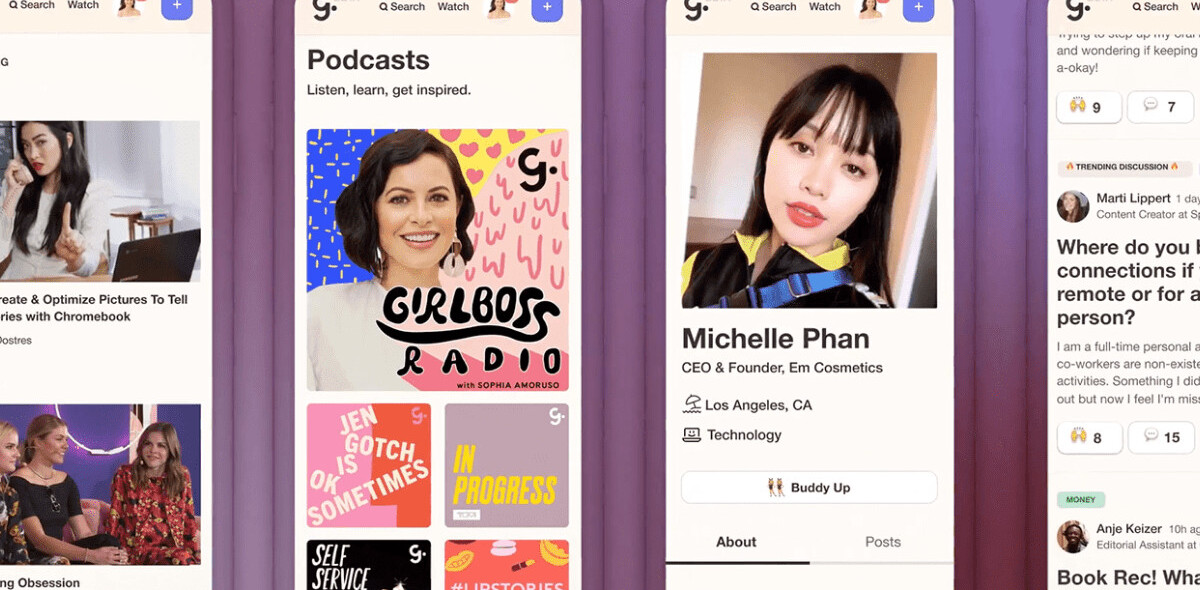
I wouldn’t say I’m a very “popular” person on LinkedIn. With only a few connections made on the platform, I definitely have a ways to go before I hit anywhere near where some of my more established colleagues are. If this was Twitter, their follower count would really set the bar. This, of course, makes me wonder: Am I using the service correctly?
Of the many people who send connection requests, I have to know: Who are my colleagues adding to LinkedIn? Do they actually know these people, or have they only briefly met in person? Were business cards exchanged, and what value are they getting out of the service?
My personal criteria is pretty simple.
For myself, I don’t just go adding people all “willy-nilly”. In fact, I have a pretty set system for who I connect with through the service. Listed below are the types of people I might add to my LinkedIn.
- Must be someone I have met in person.
- Must be somebody I want to get to know in order to break into or get more information on their particular industry.
- Must be someone who I know avidly supports me and my work and can provide a recommendation for me.
Sounds pretty straight forward, yes?
As an editor, I am meeting new people and exchanging business cards or contact information on a fairly regular basis. After the exchange, my first tendency is usually to look up an individual’s credentials (the stuff that makes them look important). In this way, I can get a feel for what they’ve accomplished in a professional setting and prep myself for future communication.
 When it comes to adding people I don’t know or haven’t met, I’ll usually only add the people who are higher up in the industry than me, or those in the same industry but working for a separate publication. By doing this, I hope to give them full access to my LinkedIn resume (should the need arise to hire me or look into my credentials).
When it comes to adding people I don’t know or haven’t met, I’ll usually only add the people who are higher up in the industry than me, or those in the same industry but working for a separate publication. By doing this, I hope to give them full access to my LinkedIn resume (should the need arise to hire me or look into my credentials).
As for those who have nothing to do with me on a professional level, I’ll only ever add friends, family, or those who are more keen to support me in my work. I don’t want some stranger having access to the full scope of my connections — as far as I understand it, LinkedIn doesn’t have that sort of privacy customization available yet.
For the most part, our readers and followers across various social networks seem to feel the same (at least, the ones who actually use the platform, anyway). Check it out.
“My criteria is evaluate how much is related to my areas of interest, the company, and the number of connections we share.” —@lmoralesvega
“Got to be someone you respect, whether you’ve worked with them or admire them from afar. Maintaining digital reputation is important.” —@ldn_liv
“Why meet in person? Its a business network, the bigger the network the more you might reach for some reason some day, I don’t care if I know them or not, so I almost accept anyone. Also its very interesting watching people moving from one place to another, rising their careers (or falling :s). But I have 1 simple rule, I don’t treat it like a friend(ly) network and don’t link my personal social stuff to it, ever (e.g. Twitter)” —Nuno Abrantes
“I’m really paranoid about who I add. if it’s someone I don’t know I start to question them how they got my details and what is the purpose of this “connection”.
I try to look at it as an extension of my memory, and if it’s too cluttered than I’m unable to sift the interesting from the uninteresting…” —Eli Sklar
“I only add people I know and have met in real life, and even then, usually only people in my industry. Some friends I haven’t added even if I know them because they’re in an unrelated industry. I use it to make connections with people who can get me jobs.
So there are some people I’ve never met on mine, actually, but they’re in higher up positions.” –Lizzie Cuevas
“I started with everyone I knew in college (since they for the most part work in the same field as me). Then, pretty much just coworkers and people I meet through industry events. Sometimes I add recruiters too if they’re from high profile companies like google, amazon, etc. It’s good to stay in touch with them.” –Sean Soren Paul Lee
What’s the general verdict?
 While the results appear to be varied, they all have a common theme (which seems to be the goal of the network, really): Users on LinkedIn are, indeed, using the platform with their professional identity in mind.
While the results appear to be varied, they all have a common theme (which seems to be the goal of the network, really): Users on LinkedIn are, indeed, using the platform with their professional identity in mind.
On any social network, there are several upsides and downsides to adding more friends and connections. From a negative perspective, someone who might secretly have it in for you could potentially reach out to your boss or network with information that might harm your reputation online (as Eli Sklar mentioned above). Some users will even go out of their way to moderate which personal profiles they are connected to online (ie, some LinkedIn users won’t add Twitter or their personal blogs to the platform).
Realistically, if a potential employer really wanted to find out what you’re doing on your spare time online, they could probably find it pretty easily. However, this seems to be something that LinkedIn users are still careful to avoid when managing their reputation on the platform.
From a positive perspective, adding absolutely everyone might be a great way to help you kill some time on the platform by keeping track of professional accomplishments and discussions through the service (as Nuno Abrantes claims).
For the rest of us …
There is that perfect “middle ground” (if such a thing exists) where we aim only to add those who might benefit us in some way. It’s a bit of a head hunting game, in that sense, where the mercenary job-hunters and networking addicts can both seek out those they wish to connect with, as well as appeal to those who might hope to discover them as well.
In the same way that some of us might selectively follow users on Twitter or accept friend requests on Facebook, LinkedIn users can also be a bit picky. Of course, not everyone is the same.
We’d like to know: Who are you adding to LinkedIn and what criteria must they meet? Also, are there more benefits or negatives to adding the people we don’t know? Sound off in the comments.
Get the TNW newsletter
Get the most important tech news in your inbox each week.




